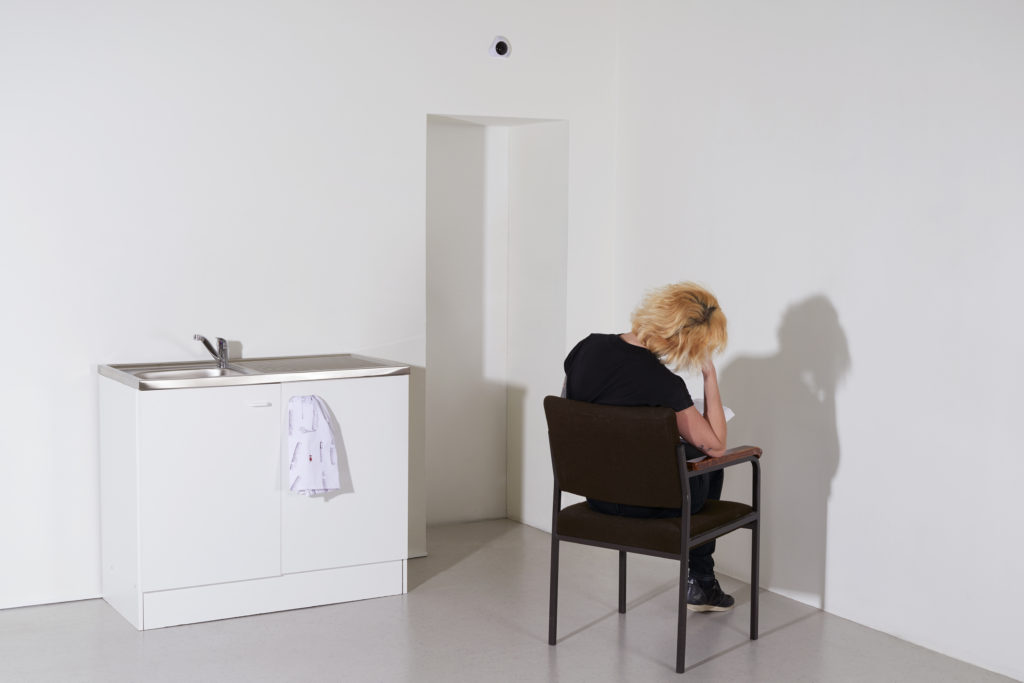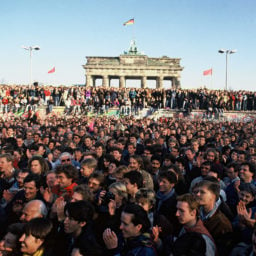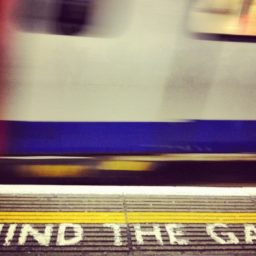Berlin has a reputation as a great place for artists to live, but earning a living in the German capital is a very different story. Artists, especially female artists, make staggeringly little money from their art, a new study reveals. They also face a high level of sexual harassment, much of which goes unreported.
A survey of more than 1,000 professional creatives found that the average income made from artistic work was a paltry €9,600 a year ($10,950), with half of artists earning less than €5,000 ($5,730) annually. Many face poverty in old age, the report concluded.
The study made waves when it was released in German this April by the Institute for Strategy Development (IFSE), in cooperation with the Professional Association of Visual Artists Berlin (bbk berlin); the English translation appeared last week.
The study also offered insight into the level of sexual harassment experienced by artists in Berlin. One in three female respondents, it found, had experienced abuses of power, and despite the #MeToo movement, few abusers are likely to be named and shamed.
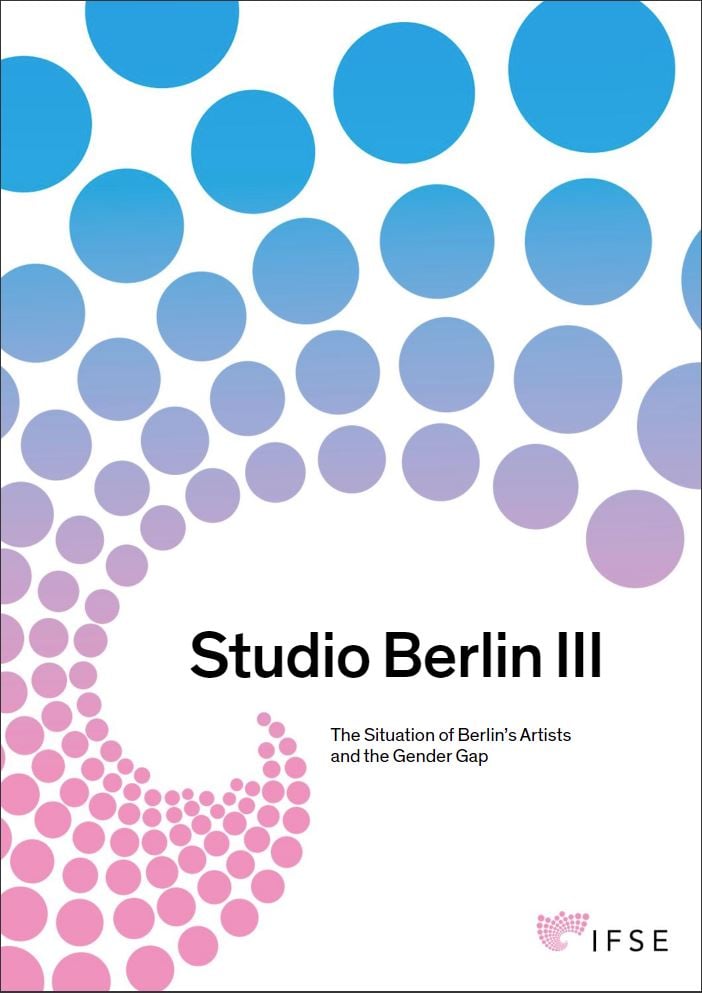
The cover of Studio Berlin III, published by the Institute for Strategy Development (IFSE), in cooperation with the Professional Association of Visual Artists Berlin (bbk berlin).
Building Up the Market
What can be done? “It is alarming to hear about the precarious situation of many—especially female—artists in Berlin and elsewhere,” says Maike Cruse, responding to the report. Cruse is the director of Berlin’s two major market-driven events of the year, art berlin (September 27–30) and the pioneering Gallery Weekend Berlin, which takes place at the end of April each year.
“I am a strong believer in the gallery system, which supports artists’ careers in a sustainable way,” Cruse told artnet News. “art berlin and Gallery Weekend work on building and stabilizing the art market in order to bring a positive long-term effect on galleries and artists based in Berlin.”
Both events bring a large (albeit temporary) influx of collectors to the city, which is otherwise rather subdued as compared to other major cities. Still, Cruse says that the collector base in Berlin is growing, which might be a hopeful sign for artists.
The study’s author and IFSE co-founder, Hergen Wöbken, states in his introduction that after New York, Berlin is the most important contemporary art production center in the world. Wöbken thinks Berlin should follow New York City’s example by emulating its new initiative, CreateNYC. Launched this year, it is the city’s first-ever cultural plan, which took input from artists and creatives.
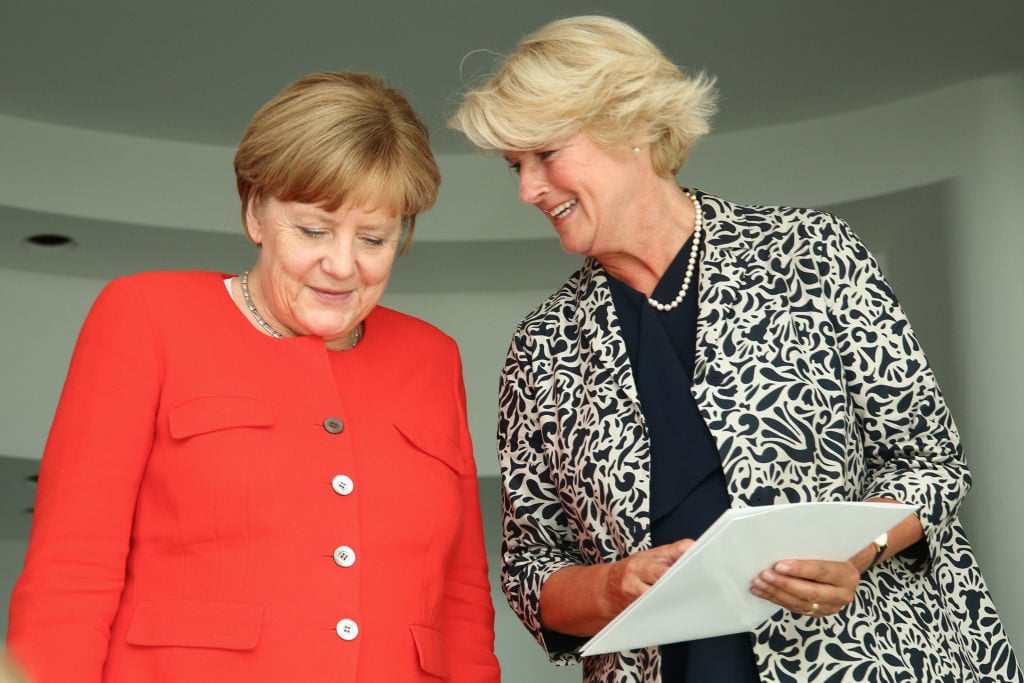
Angela Merkel and Monika Grütters after a roundtable focused on women in culture and media last year. Photo by Christian Marquardt/Getty Images.
Worse for Women
On its own, this may not address what the study highlights as the “hidden scandal” of Berlin’s artistic community: the gender pay gap for Berlin-based artists of 28 percent, greater than the general average of 21 percent. Female artists face an especially bleak future as they get older if they have to rely on dismal income from their art-making as pensioners.
While men earn €11,662 ($13,341) a year from their art, women earn only €8,390 ($9,598). “For 80 percent [of artists] the artistic work is a loss business,” the study argues. The study also shows that 90 percent of the artists are not able to live on their pension later, with the average person receiving just €357 ($407). More than half get less than €280 ($319).
It’s important to note that, despite its attraction as a center of art and cultural production, Berlin is the second poorest state in Germany after Bremen—unusual for a capital and world cultural hub.
Almost a third of male and female respondents said they knew of situations of sexual harassment in the art industry that have not come to light. Gallerists, art collectors, and university professors were listed as frequent perpetrators of abuse; 95 percent of the sexual violence was said to be enacted by men, and only 7.5 percent of incidents were reported or made public.
The research into Berlin’s visual artists shows incidents of sexual misconduct are by no means rare: 31 percent of women and 9 percent of men said they have experienced sexual harassment in their professional environment.
Challenging the Collecting Gap
One question raised by the study is how to encourage collectors to buy more works by female artists.
“At the moment, it may be that the majority of male buyers are more interested in male artists,” it suggests. A “gender collecting gap” could in turn be affecting galleries’ inclination to present solo shows by women. Indeed, this year’s heavyweight Gallery Weekend was no exception (despite strong showings by female artists). Its “gender-show gap” was around 40 percent, with male artists enjoying 60 percent of solo shows.
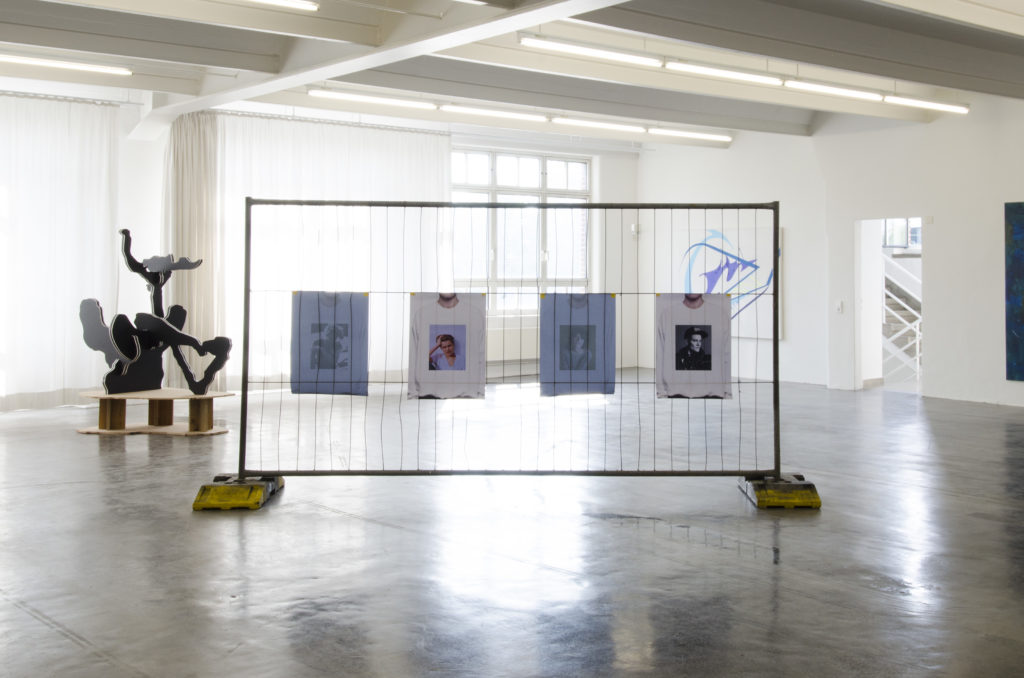
One of Goldrausch’s 2018 program artist’s Samantha Bohatsch work a girl’s life. Courtesy Goldrausch project for women artists.
One Berlin-based organization is determined to try to help close the gender gap, and turn the tide of women artists’s economic situation in the city. The Goldrausch Women Artists Project has been operating since the 1980s and each year organizes a one-year program that helps bolster female artists, giving them further skills in the legal and economic aspects of the art world. The program also help them with financial management, communication strategies and building their support network. Each cohort culminates the year with a publication of a substantial catalog of their work and a large exhibition. Alumni include leading artists Monica Bonvincini and Maria Eichhorn.
“It’s very frustrating to see how slow it is for women artists to gain the same exposure,” says Goldrausch director Hannah Kruse. “It confirms that we need to continue.” Kruse points out that the housing crisis in Berlin, plus a shortage of affordable studio spaces, are particularly hard on women, who have less means to pay rising rents.
Their annual group exhibition of the program’s 15 graduates, “Archipelago,” is coming up on September 23. Applications for Goldrausch’s 2019 program are open until September 30.
Read the full study here.
